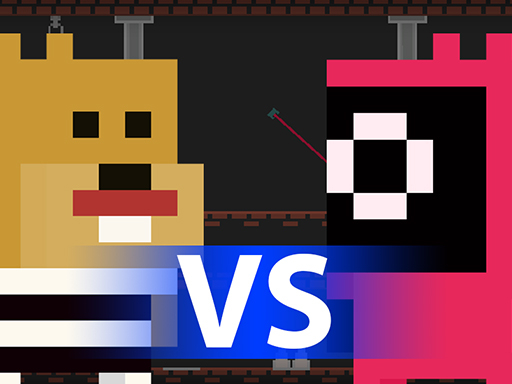Browser gaming has evolved significantly over the years, and HTML5 games have taken center stage as the dominant force in the industry. With the decline of Flash and advancements in web technologies, HTML5 games have proven to be more efficient, accessible, and engaging for players worldwide. In this article, we explore the key reasons why HTML5 games are dominating browser gaming.
1. Cross-Platform Compatibility
Seamless experience across devices: HTML5 games can be played on desktops, laptops, tablets, and smartphones without requiring separate versions.
No plugins required: Unlike Flash, which required a separate plugin, HTML5 runs natively in modern web browsers.
Consistent performance: Players can enjoy the same game on different operating systems, including Windows, macOS, Android, and iOS.
2. Faster Loading Times and Better Performance
Optimized for speed: HTML5 games utilize lightweight assets, reducing loading times significantly.
Hardware acceleration: WebGL and other optimizations allow for smoother animations and better frame rates.
Efficient resource management: HTML5 consumes fewer system resources, making it ideal for both high-end and low-end devices.
3. Improved Graphics and Gameplay
Advanced visual effects: WebGL and CSS3 enable stunning graphics that rival traditional PC and mobile games.
More interactive gameplay: HTML5 allows for real-time physics, dynamic animations, and responsive controls.
Enhanced sound integration: Audio APIs provide immersive sound experiences without external plugins.
4. Instant Accessibility and No Installation Required
Play instantly: Users can load and play HTML5 games instantly from a browser without downloads or installations.
No app store restrictions: Unlike mobile apps, HTML5 games don’t need approval from Apple or Google Play, allowing for more creative freedom.
Lower memory usage: Since no installation is required, players don’t have to worry about storage limitations.
5. Support for Multiplayer and Social Features
Real-time multiplayer: HTML5 supports WebSockets and WebRTC, enabling smooth online multiplayer experiences.
Seamless cloud saving: Many HTML5 games offer cloud-based progress saving, making it easy to pick up where you left off.
Social media integration: Players can easily share scores, invite friends, and connect with communities directly from their browser.
6. Easier Development and Continuous Updates
Faster development cycles: HTML5 game engines like Phaser and PlayCanvas simplify game creation.
Frequent updates: Developers can push new features, fix bugs, and add content without requiring users to download updates.
Lower maintenance costs: Games remain functional with browser updates, reducing the need for frequent overhauls.
7. The Fall of Flash and the Rise of HTML5
End of Adobe Flash: Flash was officially discontinued in 2020, leaving HTML5 as the superior alternative.
Better security: HTML5 is more secure than Flash, which was notorious for vulnerabilities and security flaws.
Industry-wide adoption: Major game publishers and indie developers alike have embraced HTML5 for browser gaming.
Conclusion
HTML5 has revolutionized browser gaming with its cross-platform accessibility, superior graphics, smooth performance, and instant playability. With the continued advancements in web technologies, HTML5 games will only get better, solidifying their place as the future of browser-based gaming. Whether you're a casual gamer or a developer, the dominance of HTML5 in browser gaming is undeniable.




















